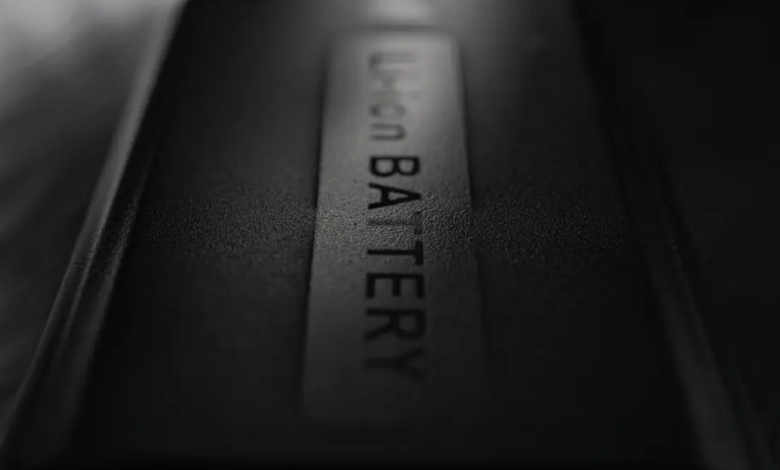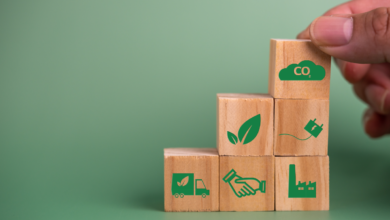Recycling lithium batteries efficiently and economically is now possible
Mechanochemical approach recovers 70% of lithium battery raw material
(sustainabilityenvironment.com) – The recovery of lithium from batteries at the end of life remains a challenge for the circular economy, struggling with a technology sector increasingly hungry for critical raw materials. For this reason, the new method developed by the Karlsruhe Institute of Technology (KIT) has made headlines, allowing the recovery of up to 70% of lithium from spent accumulators without even using polluting and corrosive chemicals or high temperatures. The process, explained in an article just published in Nature Communications Chemistry, combines mechanical processes with chemical reactions, allowing an economical and energy efficient recycling of any type of lithium batteries.
Today, the raw materials contained in batteries that most easily undergo recycling are those of the cathode, such as nickel and cobalt, those of the current collector – copper and aluminum – and other passive components such as steel. Lithium recycling is currently expensive, energy-intensive and, in many cases, unprofitable. For this reason, KIT researchers say, the mechanochemical approach is getting more and more attention. It is a technology that induces chemical reactions between solid materials, using mechanical forces such as grinding, extrusion, cutting or friction. It works in recycling valuable materials from various electronic waste.
Read also Towards fast charging metal lithium batteries
“This method can be used to recover lithium from cathode-ray materials of various chemical compositions and, therefore, for a wide range of commercially available lithium-ion batteries,” explained Oleksandr Dolotko, the first author of the study published in Nature.
The researchers used aluminium as a reducing species (that is, in the condition of giving away electrons) in the mechanochemical reaction. This material is already contained in the battery cathode, so no additional substances need to be used. Simply shred the spent battery, the resulting material reacts with aluminum to form water-soluble metal compounds. Lithium is recovered by dissolving these compounds in water and then heating the water to evaporate. Since the reaction takes place at room temperature and without increasing the pressure, the method is highly energy efficient. Another advantage is its simplicity, which according to the authors of the study will facilitate its use on an industrial scale.






